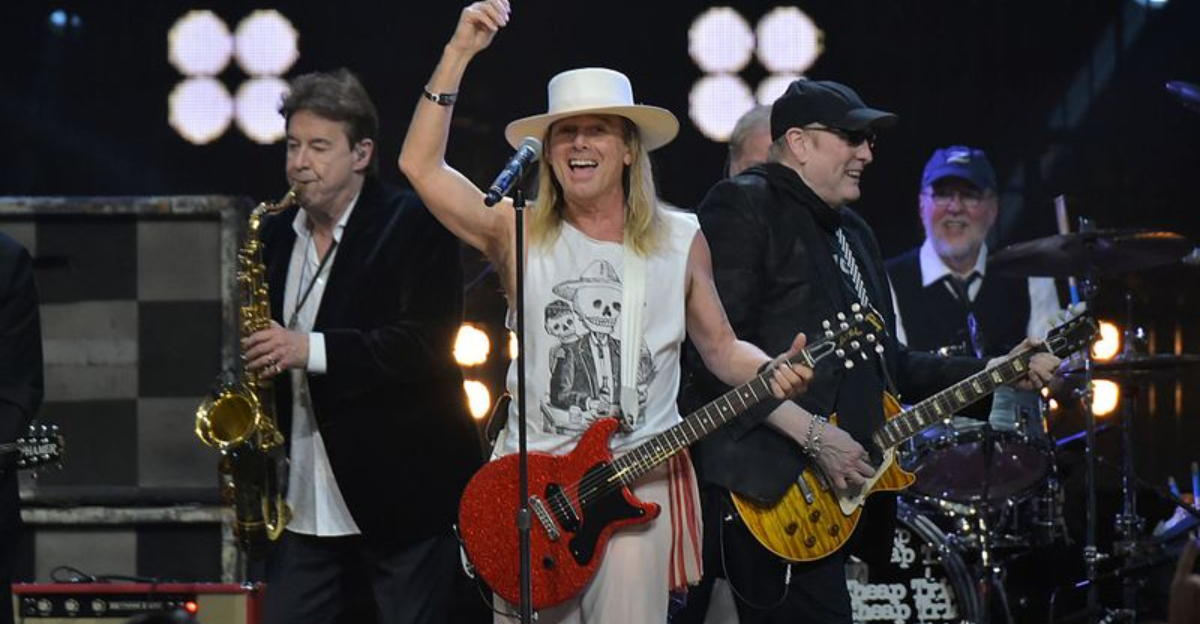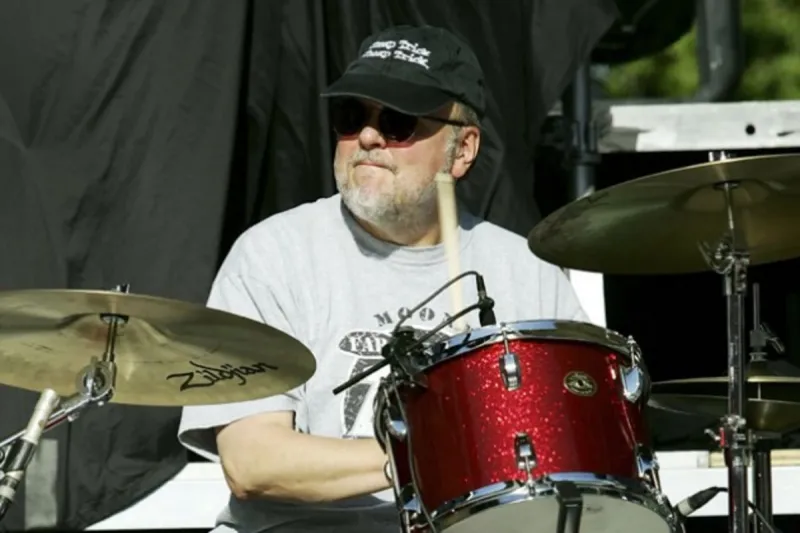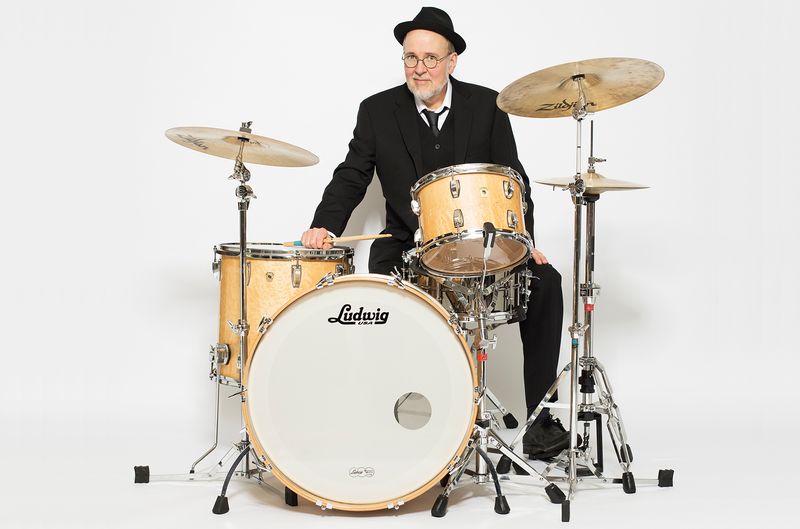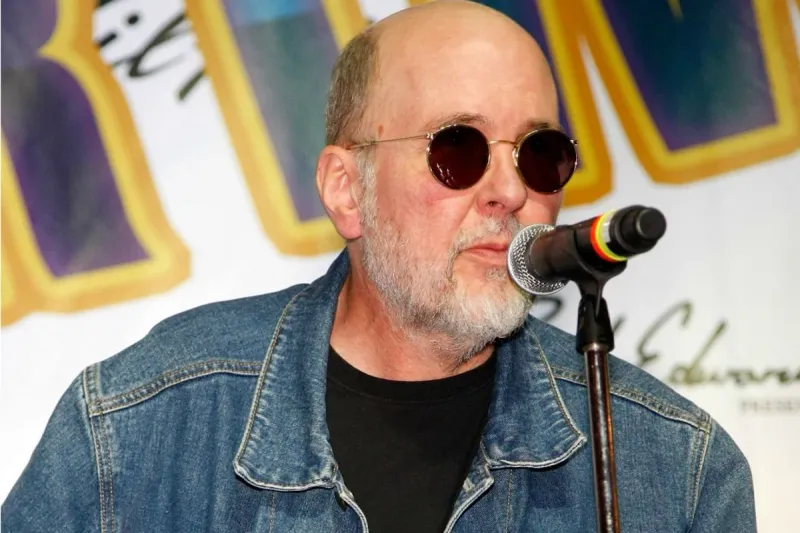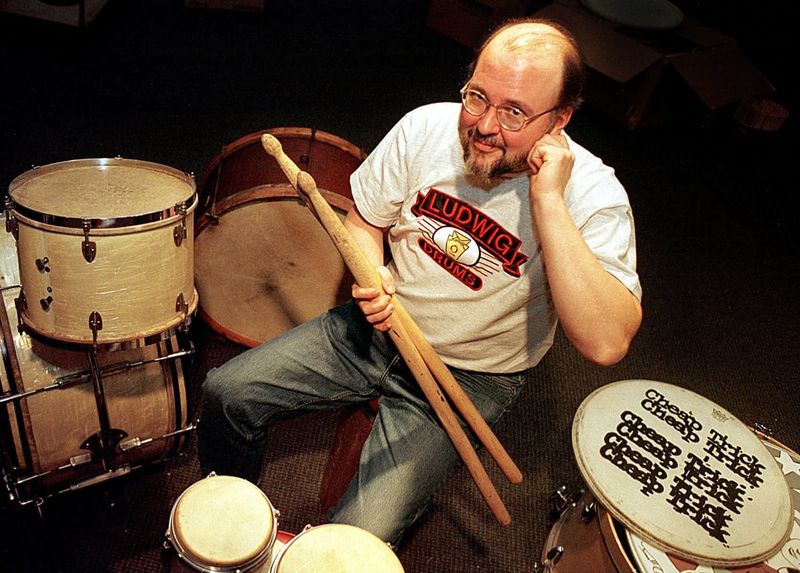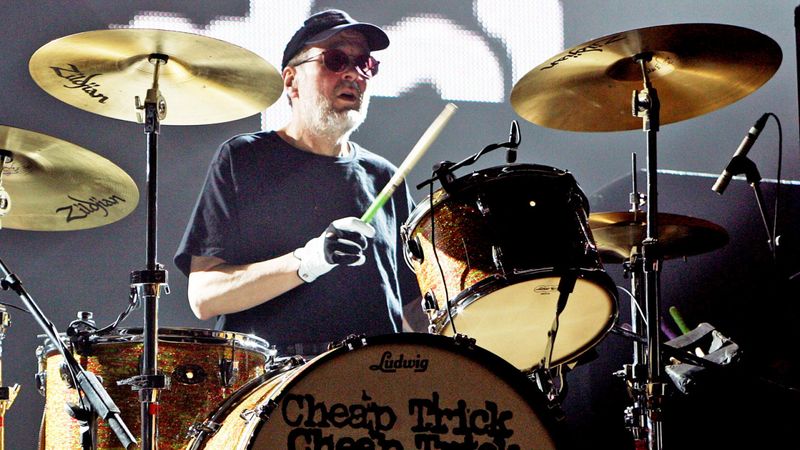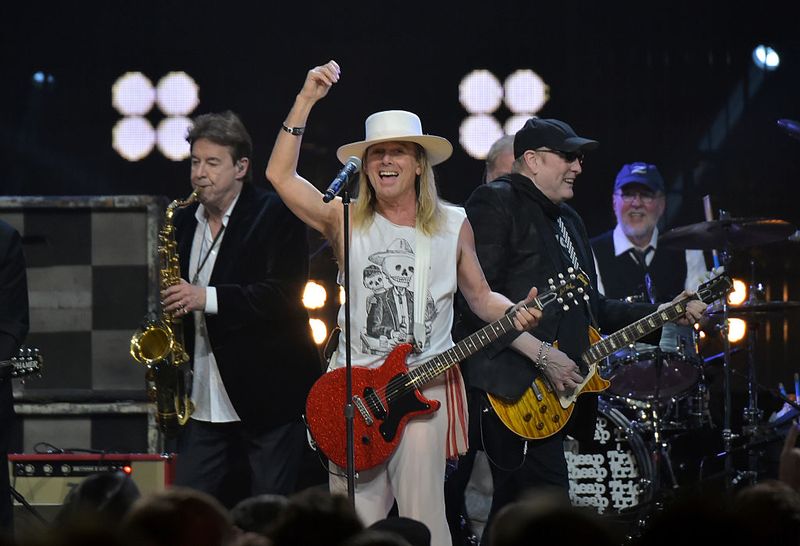The departure of Bun E. Carlos from Cheap Trick marked a significant moment in the band’s history.
This blog post delves into seven key facts that illuminate the reasons and circumstances surrounding Carlos’s exit and the ensuing legal and personal disputes.
Each fact provides insight into the dynamics within the band, the legal battles fought, and the eventual outcomes.
1. He Stopped Touring in 2010
In 2010, Bun E. Carlos was abruptly told by his bandmates not to attend an upcoming performance, marking a pivotal turn in his career. Daxx Nielsen, the son of guitarist Rick Nielsen, replaced him without any formal public explanation, leaving fans puzzled. Despite this sudden change, Carlos’s absence from the stage did not spell the end of his involvement with Cheap Trick. It was, however, the beginning of a complex and public dispute.
2. Carlos Remained a Legal Member of the Band
Though he no longer toured or recorded with Cheap Trick, Bun E. Carlos retained his 25% stake in the band’s corporation, maintaining his official status as a band member. This duality of absence from the stage while holding a significant share in the band’s business added layers to the internal conflict. Carlos found himself navigating a unique position, both inside the band on paper but outside its creative endeavors.
3. Tensions Stemmed from Personal and Professional Disputes
Internal disagreements led to Bun E. Carlos’s split from Cheap Trick, as he described feeling excluded from band meetings and decisions. Despite his official membership and stake in the business, communication breakdowns intensified the discord. The personal and professional tensions blurred lines, complicating the band’s dynamics and leaving Carlos in a challenging situation. His portrayal of events highlighted a complex web of unresolved issues that spilled into the public eye.
4. He Filed a Lawsuit in 2013
In 2013, Bun E. Carlos took a decisive step by suing his fellow band members for breach of contract. Seeking to restore his rights as a decision-maker and shareholder, he embarked on a legal battle that underscored the seriousness of the internal conflict. This lawsuit represented not just a fight for personal rights, but a deeper struggle for his place within the band’s legacy. The legal proceedings captured the music industry’s attention.
5. The Band Tried to Remove Him
Efforts by the other band members to remove Bun E. Carlos from his role and income were met with legal challenges. A judge ruled in Carlos’s favor, affirming that his role within the band’s corporation could not be unilaterally stripped away. This victory was not just legal but symbolic, asserting his enduring connection to the band despite tensions. The ruling underscored the complex dynamics of business and creativity in the music industry.
6. A Settlement Was Reached in 2015
By 2015, a private settlement was reached, allowing Bun E. Carlos to retain his share of Cheap Trick’s business income. While this agreement concluded the legal battle, it did not see Carlos return to recording or touring. The settlement symbolized a resolution of sorts, where financial ties and legacy were preserved, but creative collaborations ceased. This compromise allowed both parties to move forward, albeit on separate paths.
7. They Reunited for the Rock and Roll Hall of Fame in 2016
In 2016, the narrative took a hopeful turn as Bun E. Carlos reunited with Cheap Trick to perform at their Rock and Roll Hall of Fame induction. This event was more than just a performance; it was a symbolic moment of reconciliation. While it didn’t mark a full reunion, it showcased the enduring bond and shared history between Carlos and the band. The performance was a testament to their legacy in rock music.
